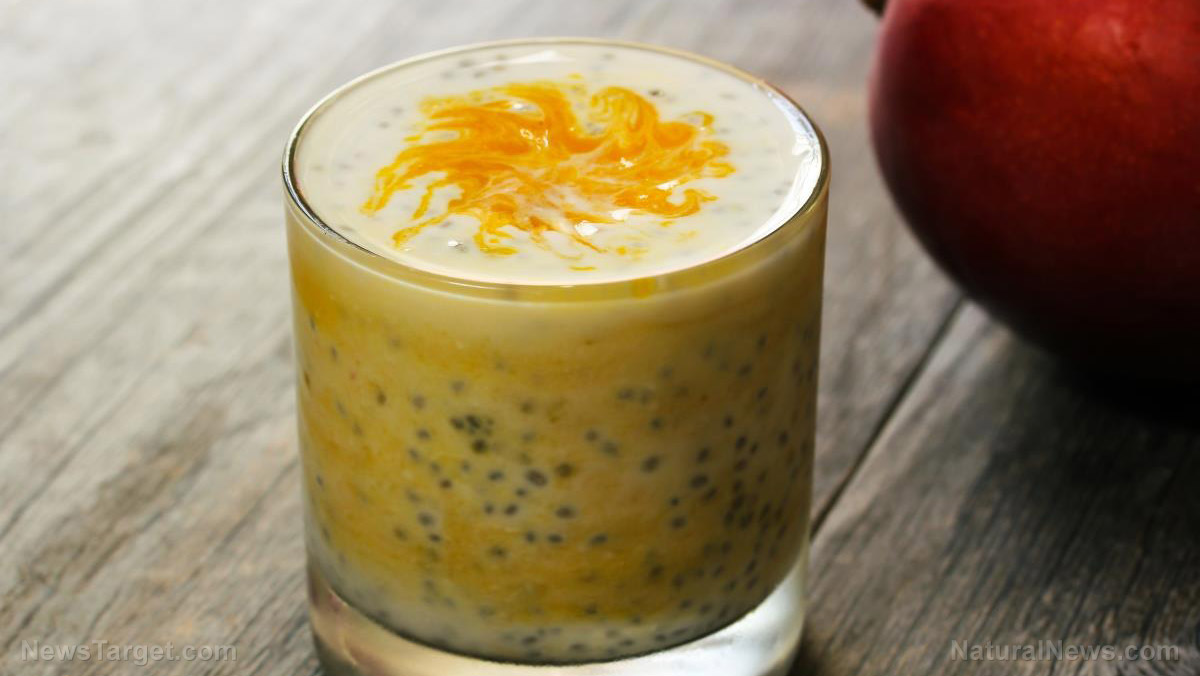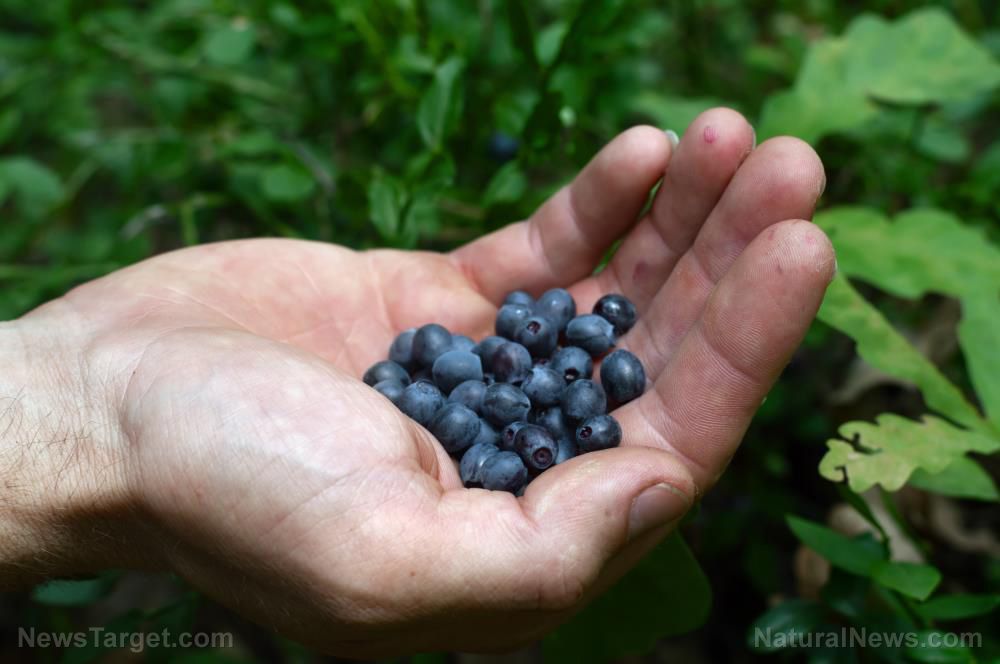
Advertisement
Native to Central American countries such as Mexico and Guatemala, chia seeds were a staple food of ancient Aztecs and Mayans. In fact, the name “chia” itself comes from the ancient Mayan word for “strength.”
In modern times, chia seeds, the black seeds of the chia plant (Salvia hispanica), have made a name for themselves as a superfood. This is because they pack a host of nutrients and provide very little calories, so they’re great if you’re trying to lose weight.
In addition, chia seeds cost less for you to buy than other vegetarian sources of omega-3 fatty acids like flaxseed. Also, unlike the latter, you can consume chia seeds whole.
If you’re still on the fence about this amazing superfood, here are four reasons you should eat chia seeds.
They can help with weight management
As previously mentioned, chia seeds are low in calories despite being nutrient-packed. But more importantly, chia seeds are rich in soluble fiber and protein.
Because of chia seeds’ soluble fiber content, they can absorb 10-12 times their weight in water, expanding in your stomach. This helps keep you feeling full for longer while slowing the absorption of food in your gut.
Meanwhile, the protein in chia seeds can also help reduce your appetite and food intake.
They may help boost heart health
The high amounts of fiber, protein and omega-3 fatty acids in chia seeds may help lower your risk of heart disease. Animal studies have shown that chia seeds can reduce certain risk factors, including inflammation, triglycerides, insulin resistance and belly fat.
In addition, studies have shown that chia seeds can reduce blood pressure in people with hypertension – another strong risk factor for heart disease.
They can help fight chronic disease
Chia seeds are known to have inflammation-fighting effects, thanks to their rich antioxidant content. This can help reduce your risk of Type 2 diabetes, metabolic syndrome, cancer and autoimmune disorders, such as arthritis.
They are a gluten-free source of fiber and protein
That chia seeds are gluten-free is something that can’t be overstated. This means that they’re a readily available source of fiber and protein that’s suitable for people who are gluten-sensitive or have celiac disease. This is important as most plant-based sources contain gluten. Chia seeds can help you fill a nutritional gap when you go gluten-free.
In addition, unlike flaxseed– another gluten-free source of protein and fiber – chia seeds remain shelf-stable at room temperature for up to four or five years. This makes them a great food to stock in your pantry as you don’t have to grind them to prepare them for storage.
How to add more chia seeds to your diet
If you’re looking to add chia seeds to your diet, then you’re in luck. Chia seeds are quite versatile and can be used in a number of recipes. This is helped by the fact that they’re flavorless, meaning that they can go with just about anything without affecting that dish’s taste.
Chia pudding
One delicious dessert you can make with chia seeds is pudding. Not only does this chia pudding recipe make for a delicious, nutrient-rich snack, but it can also stay good in your refrigerator for up to a week. This means you can make a batch on Sunday and then save it for a healthy breakfast, snack or dessert for the rest of the week.
Ingredients
- 3-4 Tablespoons chia seeds
- 1 cup milk (you can use non-dairy milk such as cashew milk, if you desire)
- 1/2 Tablespoon maple syrup, honey or sweetener of choice
- 1/4 teaspoon vanilla (optional)
- Fresh berries or other fruit, granola, nut butter, etc. for toppings
Preparation
- Stir the chia seeds, milk and maple syrup (plus vanilla, if using) together in a bowl or mason jar. If you’re using vanilla, you can put the lid on and shake the mixture to combine everything.
- Let the mixture sit for 5 minutes. Give it another stir or shake to break up any clumps of chia seeds.
- Cover the mixture and put it in the fridge to set for 1-2 hours or overnight. The pudding should be nice and thick. If you think it’s not thick enough, you can add more chia seeds (about one tablespoon), stir and refrigerate for another 30 minutes.
Once you’ve made your chia pudding, you can store it for up to five to seven days in an airtight container in your refrigerator.
Chia seeds are a healthy, gluten-free superfood that’s packed with fiber and protein. Its versatility makes it a convenient staple food to use in your kitchen. If you still haven’t done so, try eating chia seeds today so you can experience firsthand the benefits that they offer.
Sources:
Advertisements







